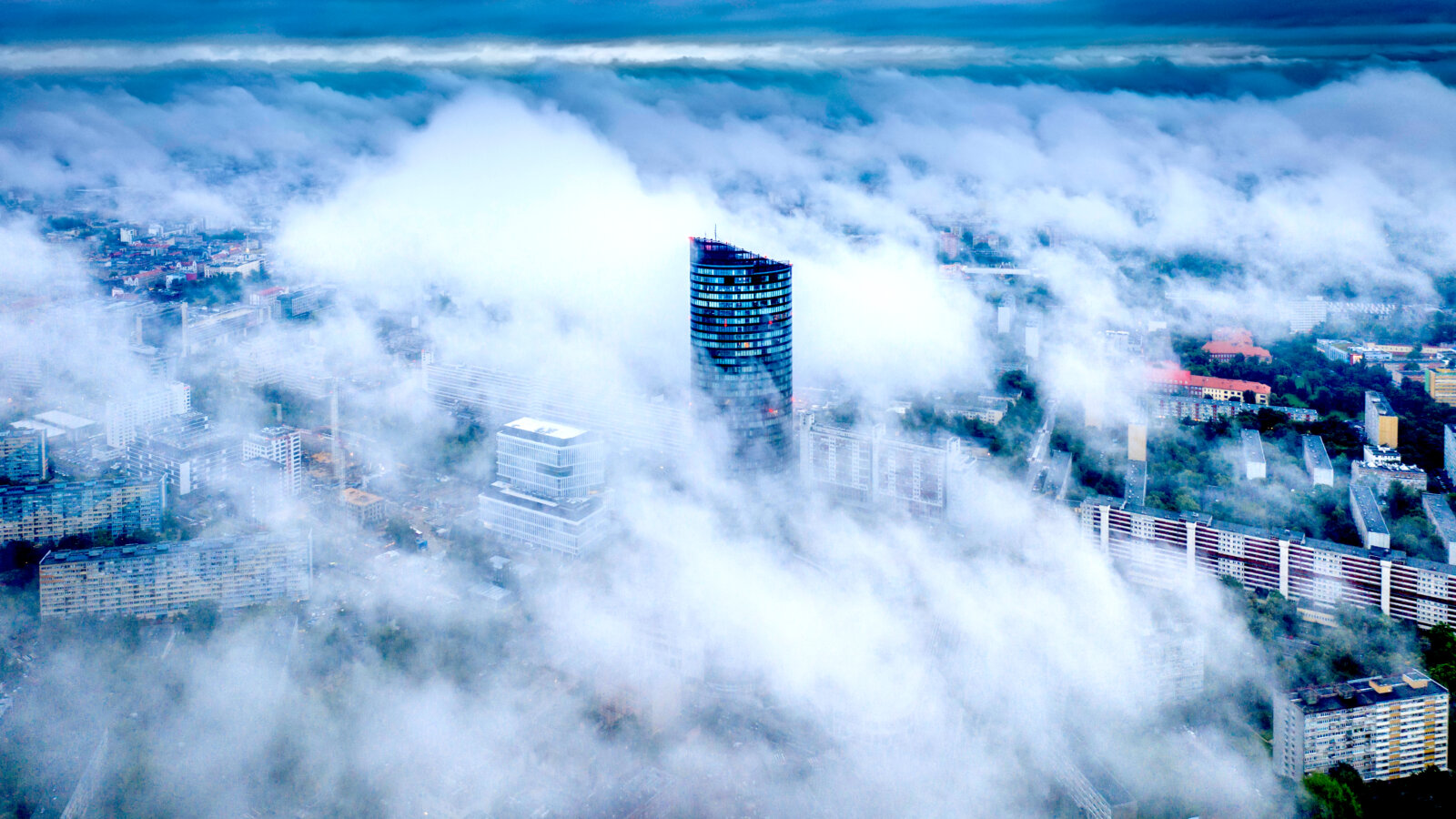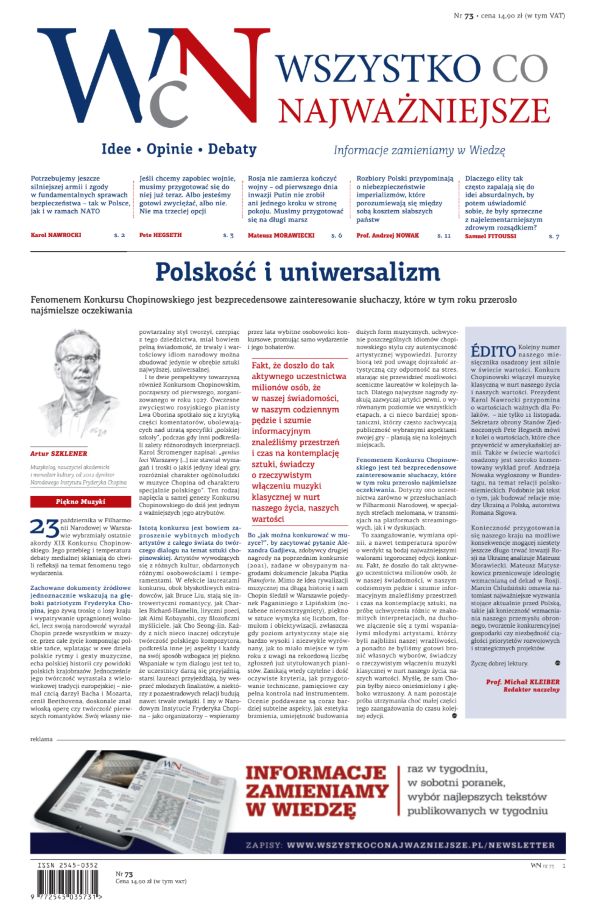
 Wrocław – A City Rebuilt Yet Still Unfinished
Wrocław – A City Rebuilt Yet Still Unfinished
‘I still vividly remember my first impression of Wroclaw. As if it had too much of something, and too little at once; as if something essential were missing. For this city is like a sentence begun but left unfinished, only to be completed in another language many years later,’ writes Michał KŁOSOWSKI
.A city rebuilt from ruins yet still not fully understood – that is the Wrocław I know, and the one I tell my friends about. Though it rose from the ashes, it remains a place where people not only live but also keep searching for meaning – students arriving from other cities and countries, Ukrainian migrants and once, the Poles who came here after the war.
Back then, Wrocław was a laboratory of a new world, a city of the displaced and the exiled, of people who had lost their homes and had to reinvent the very concept of “home”. They brought with them memories of Lviv, Vilnius and Grodno, trying to press them between the Oder and Świdnicka Street, between the shattered market square and the broken tenements, the villa districts and the fields on the outskirts. Every brick bore the trace of the absent and whispered that they were gone – but might they not return?
Literature was the only form of conversation left. It was the writers who first heard the city’s voice before its noise came back to life. Tadeusz Różewicz listened to the silence of the ruins and captured it in his poems, as though Wrocław’s rubble proved that every word would have to be cleansed, rebuilt and anchored in truth. But it was Marek Hłasko who infused the city with rebellion, grime and anger. Hłasko’s Wrocław was no panorama of bridges but the backstreets behind the milk bars, the railway stations and the courtyards where life smelled of petrol, sweat, disappointment and struggle. Barely a teenager when the war ended, Hłasko saw in Wrocław not a city of the future but one of lost innocence. Here his legend was born – a legend of the young, defiant writer who looked beyond the façade of the new world and recognised its deceit, instinctively reaching behind the curtain to discern truth from fiction. For him, Wrocław was no home but a battlefield where he fought for truth, for meaning, for dignity, for the future and for whatever lay beyond. While others wanted to rebuild, he wanted to strip things down to the bare, painful core of reality. For to truly rebuild anything, one must first understand what has been destroyed.
Hłasko’s and Różewicz’s Wrocław represent two poles of the same experience: the silence after catastrophe and the cry against the new falsehood rising from the ruins of the old. It is between these two tonalities that Wrocław’s twentieth-century story unfolds – the story of people who had lost faith in grand words yet still believed in the importance of speaking out. Later, others joined their voices: Olga Tokarczuk, for whom Lower Silesia became a myth of memory, belonging, journey and transformation; Marek Krajewski, who delved into the shadows of pre-war Breslau to draw out crime and melancholy; and Karol Maliszewski, who could extract metaphysics from everyday life as though it were something one might casually encounter while strolling through the city’s cobbled streets. All of them, in their own ways, added new sentences to this unending narrative of a city that must keep explaining itself – even to itself.
Although Wrocław has been rebuilt, it remains a city still to be rebuilt: in the spiritual, symbolic, linguistic and semantic sense. Every generation constructs its meaning anew, just as the early settlers once laid their bricks in a place that did not yet belong to them. Wrocław has never been “finished”. It is more like a palimpsest – written, erased and written again. And so it goes on.
When you walk its streets, you can feel that this city is still asking questions: about memory, about identity, about community, and, ultimately, about the human being who walks across its stone pavements as if wanting to leave a trace of their presence in this centuries-long story. It also asks how to live in a place that has had to start again so many times, after destruction and division, after the loss and recovery of hope, through falls and renewals, through its struggle with the forces of nature. For this city, built on ruins and dreams, has become something more than merely a space for living. It is a kind of laboratory of peace where the past and the present attempt to communicate with each other, using human endeavour and the will to act as common ground. Here, between memory and the future, a person can learn again what it means to coexist with others, with oneself, and with whatever time may bring. This is what the poets described. Wrocław is therefore not only a city of literature but also a metaphor for Europe, a continent that is still trying to rebuild itself from the ruins of its lost values. The city on the Oder teaches us that true rebuilding does not mean recreating the past but accepting it. We cannot live among ruins, but we can live with the memory of them, give them meaning and build upon them.
.Wrocław is also a city without an ending. A city that speaks in Polish, German and Czech – and sometimes only through silence on the banks of the Oder. A city that has endured because it has learned to forgive. That makes it a city that keeps rebuilding the human being.





